
Menu
- 10am - 4pm, Mon to Sat
- Adults: £8 Under 18s: £4
- Under 12s/members: FREE
- Pensioners/students £7
- Birchburn, Scotland
- 01445 731137
- JustGiving

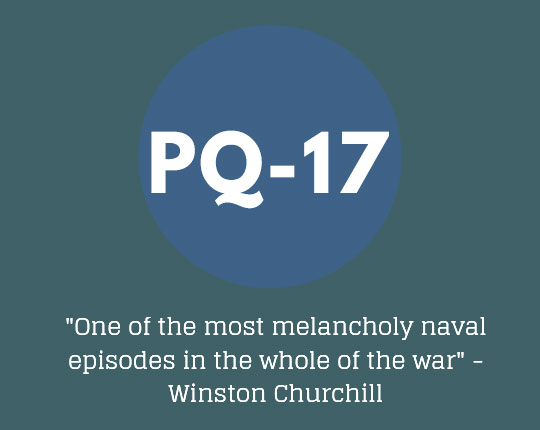
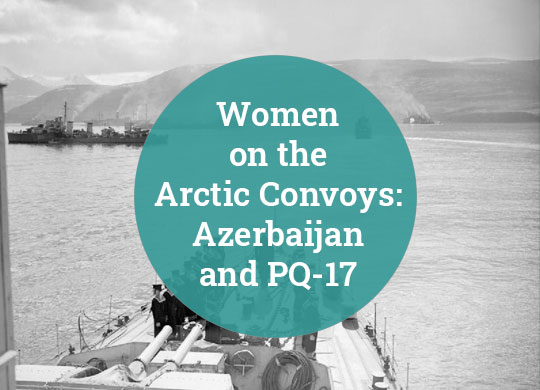
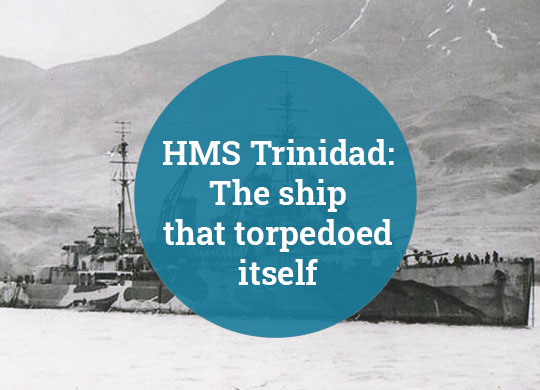
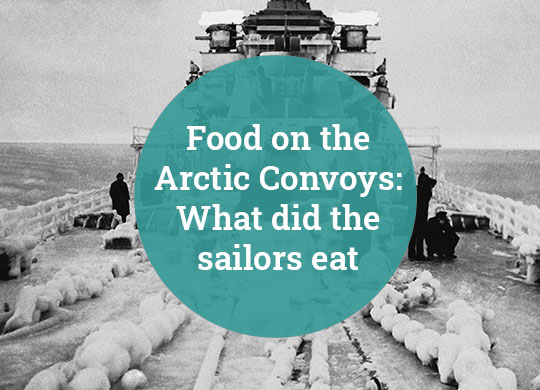
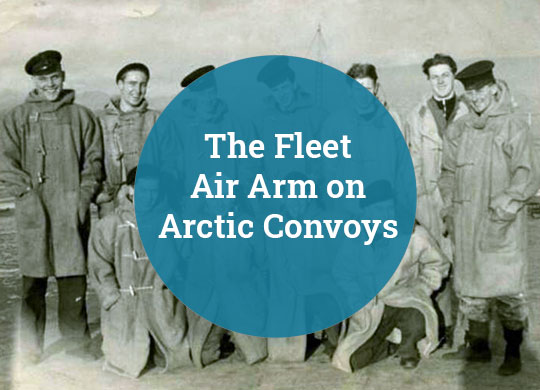




Arctic Convoy Museum
Birchburn, Aultbea, IV22 2HZ
Russian Arctic Convoy Project SCIO Pool House, Poolewe, IV22 2LD | Registered SCIO: SC047909 | Terms and conditions | Privacy policy | Fair Work First